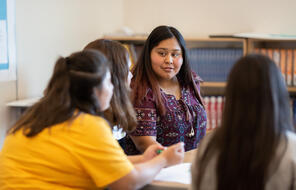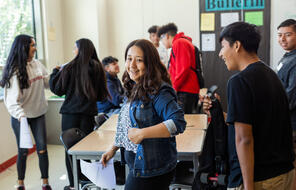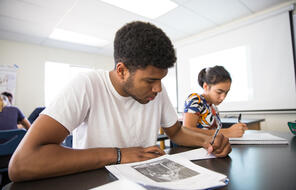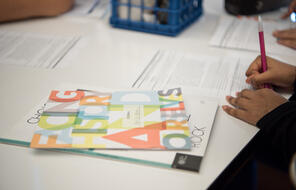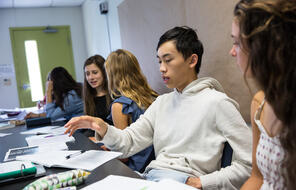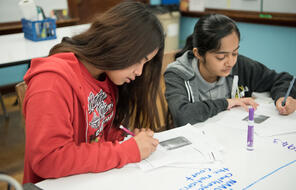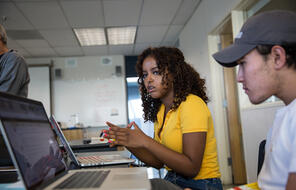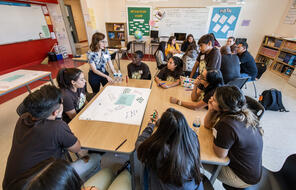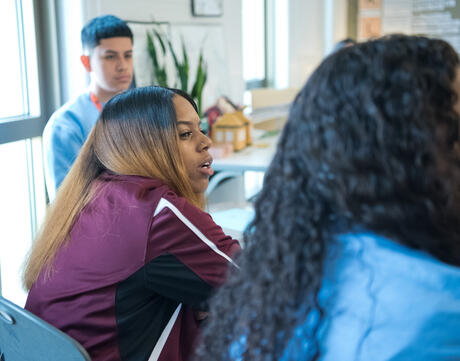
Playing with Perspective
Subject
- English & Language Arts
Grade
6–12Language
English — USPublished
Overview
About This Learning Experience
Perspective-taking is a foundational social-emotional skill that helps us interpret the motivations and behaviors of others and come to understand and appreciate values and beliefs that are different from our own. For young people, it is a critical tool in building their social awareness. To this end, literature offers meaningful opportunities for students to consider different perspectives and to develop empathy and compassion for characters in the books they read.
The following learning experiences introduce and support perspective-taking through close reading and analysis of a character’s identity, sense of self, motivations, and feelings. They provide opportunities for students to consider the importance as well as the limitations of our ability to see things from another’s perspective, as well as to consider how taking the time to understand someone else’s perspective can broaden our understanding of others and the world around us.
Preparing to Teach
A Note to Teachers
Before using this learning experience, please review the following information to help guide your preparation process.
Procedure
Activities
Materials and Downloads
Quick Downloads
Get Files Via Google
Unlimited Access to Learning. More Added Every Month.
Facing History & Ourselves is designed for educators who want to help students explore identity, think critically, grow emotionally, act ethically, and participate in civic life. It’s hard work, so we’ve developed some go-to professional learning opportunities to help you along the way.
Exploring ELA Text Selection with Julia Torres
On-Demand

Working for Justice, Equity and Civic Agency in Our Schools: A Conversation with Clint Smith
On-Demand

Centering Student Voices to Build Community and Agency
On-Demand



